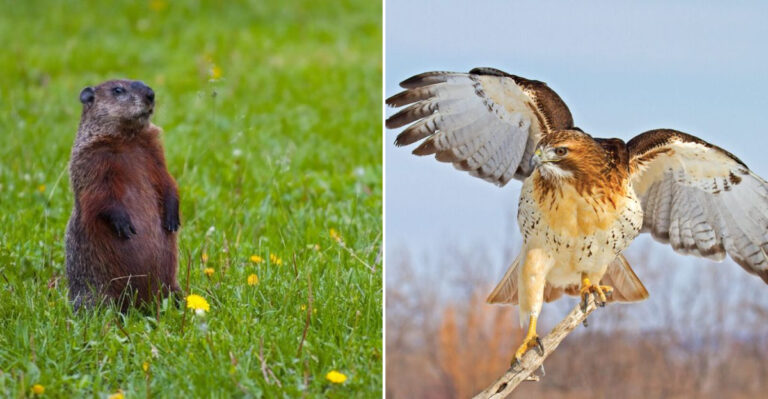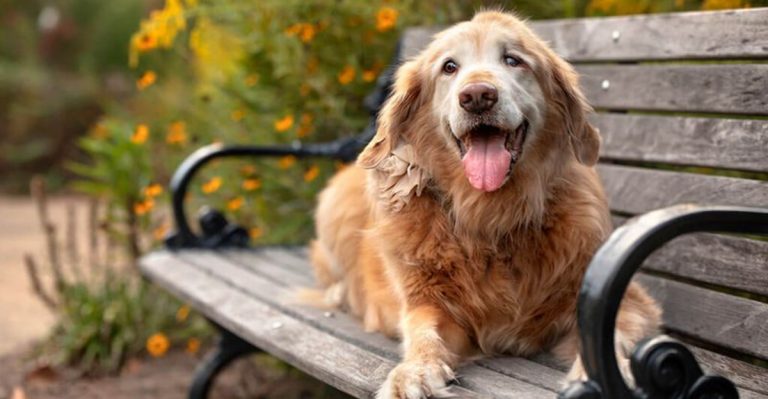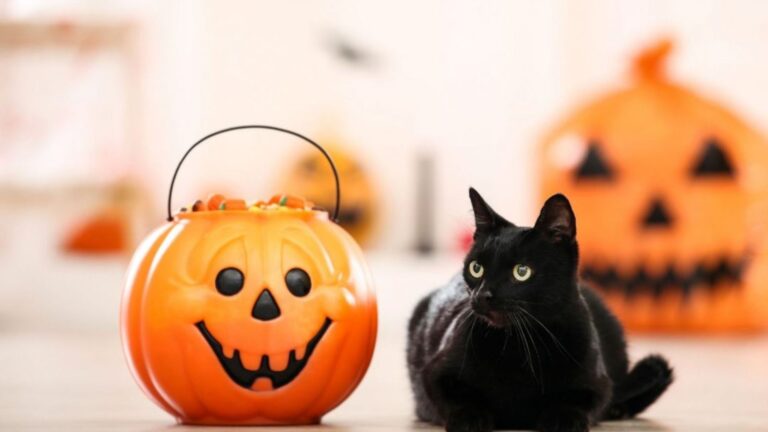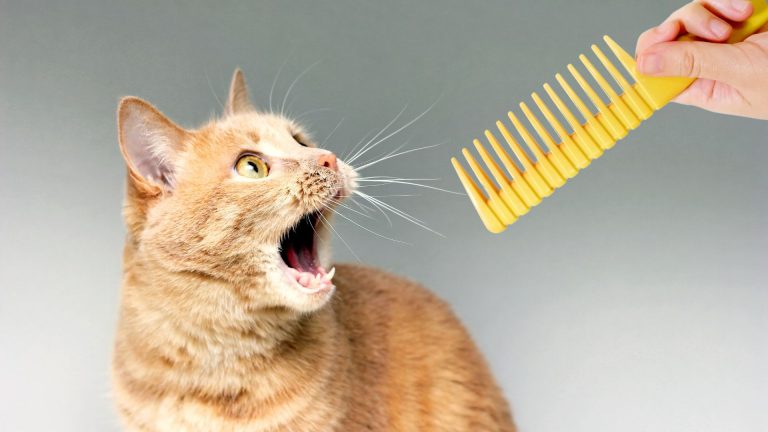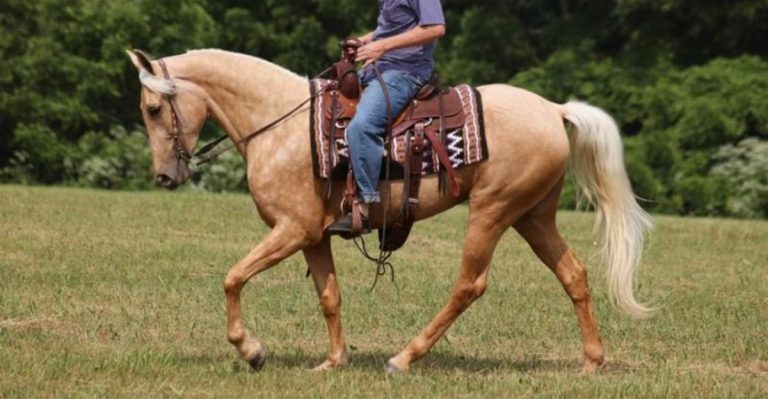Minnesota Zoo’s 800-Pound Bear Undergoes Rare Dental Procedure To Restore His Tooth
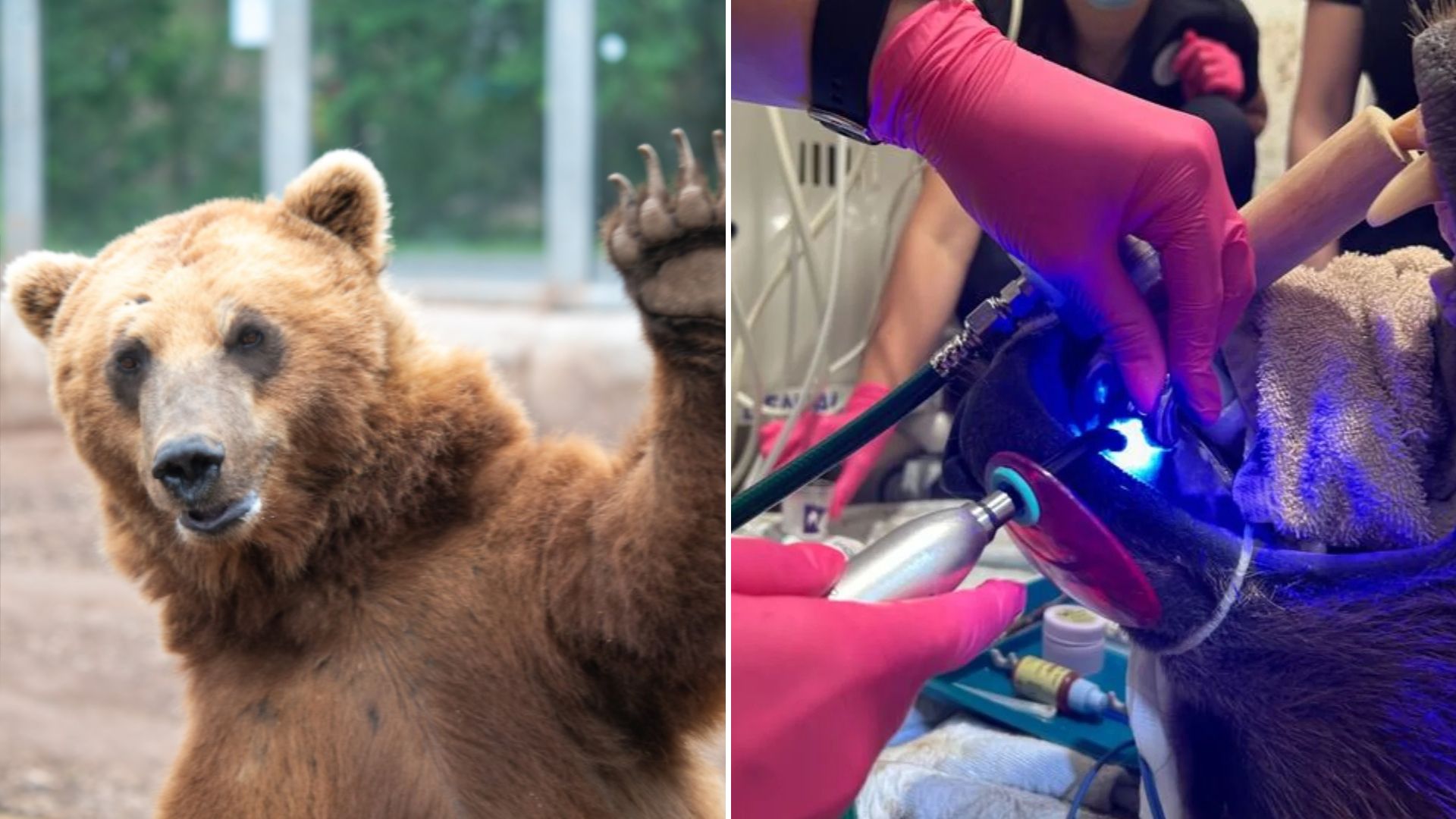
From the moment you hear Tundra’s name, you know you’re in for something different.
In Duluth, Minnesota, at the Lake Superior Zoo, a majestic Alaska brown bear stood not just as a wonder of nature, but as the subject of a remarkable veterinary achievement.
He had already survived a root canal and now, this gentle giant was about to make history.

Tundra, the 800-pound bear who can reach about 8 feet tall on his hind legs, underwent a dental procedure after fracturing a major canine tooth at age 4.
Sadly the repair didn’t hold, so the shelter team called in Dr. Grace Brown, a board-certified veterinary dentist, who shared in an interview:
“When discussing options for Tundra’s treatment, it was in his best interest to have a full coverage crown to protect the tooth from reinjury.”
The result? A custom-made talladium (a silver-colored metal alloy) crown that’s officially the largest veterinary crown ever created.
This was no simple dental cap – it was groundbreaking.
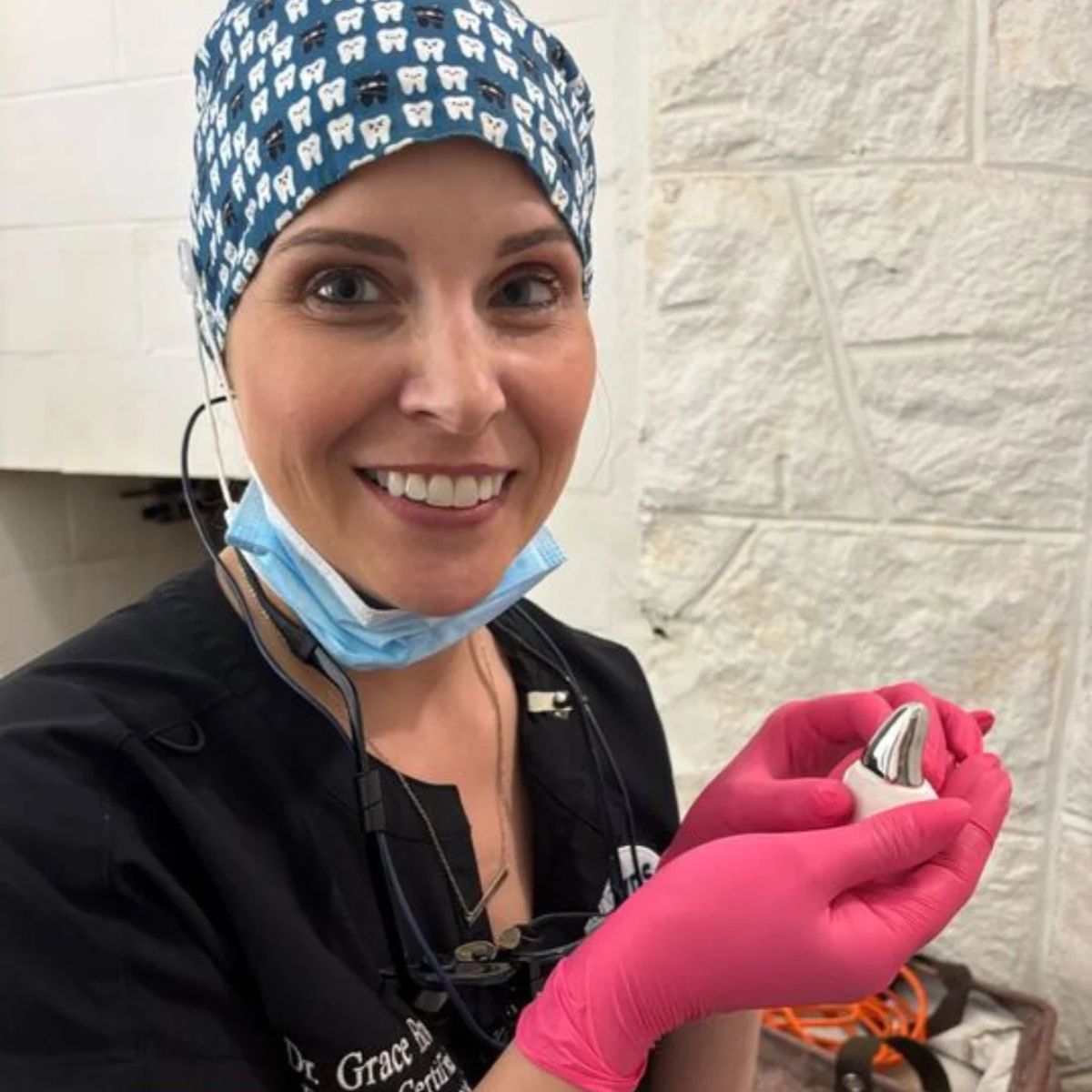
On the day of the procedure, Tundra was sedated and supported by a highly coordinated team.
A trained armed response unit stood by the room just in case the bear stirred too soon. Dr. Brown confirmed:
“There has never been a full metal crown created for a bear for treatment of a non-intact restoration ever before.”
The operation lasted about an hour, and when it was over, Tundra was back in his habitat and eating normally. The zoo proudly shared in an interview:
“We are incredibly proud of the collaboration between Minnesota Veterinary Dental Specialists, Creature Crowns, iM3, and our zoo team. All of Tundra’s care was donated – and we couldn’t be more grateful!”
But beyond the technical marvel, there’s a story of care and compassion.

Tundra’s journey from injury to restoration echoes the broader promise made by trusted zoos: caring for these animals isn’t just about exhibition; it’s about health, respect, and dignity.
Brown said the takes her responsibility as a veterinary dentist very seriously:
“Dental issues in captive animals should be treated for medical reasons and with consideration of the ethical responsibility toward the animals under human care. This was precisely why when the brown bear had a non-intact restoration, I wanted to assist by ensuring a more structurally sound restoration for the lifetime of Tundra.”
In AZA-accredited facilities, this is standard care, not the exception. Good medical support is a part of honoring the lives of these animals.
Tundra’s shiny new smile is more than a dental achievement. It’s a symbol of what happens when expertise meets empathy.
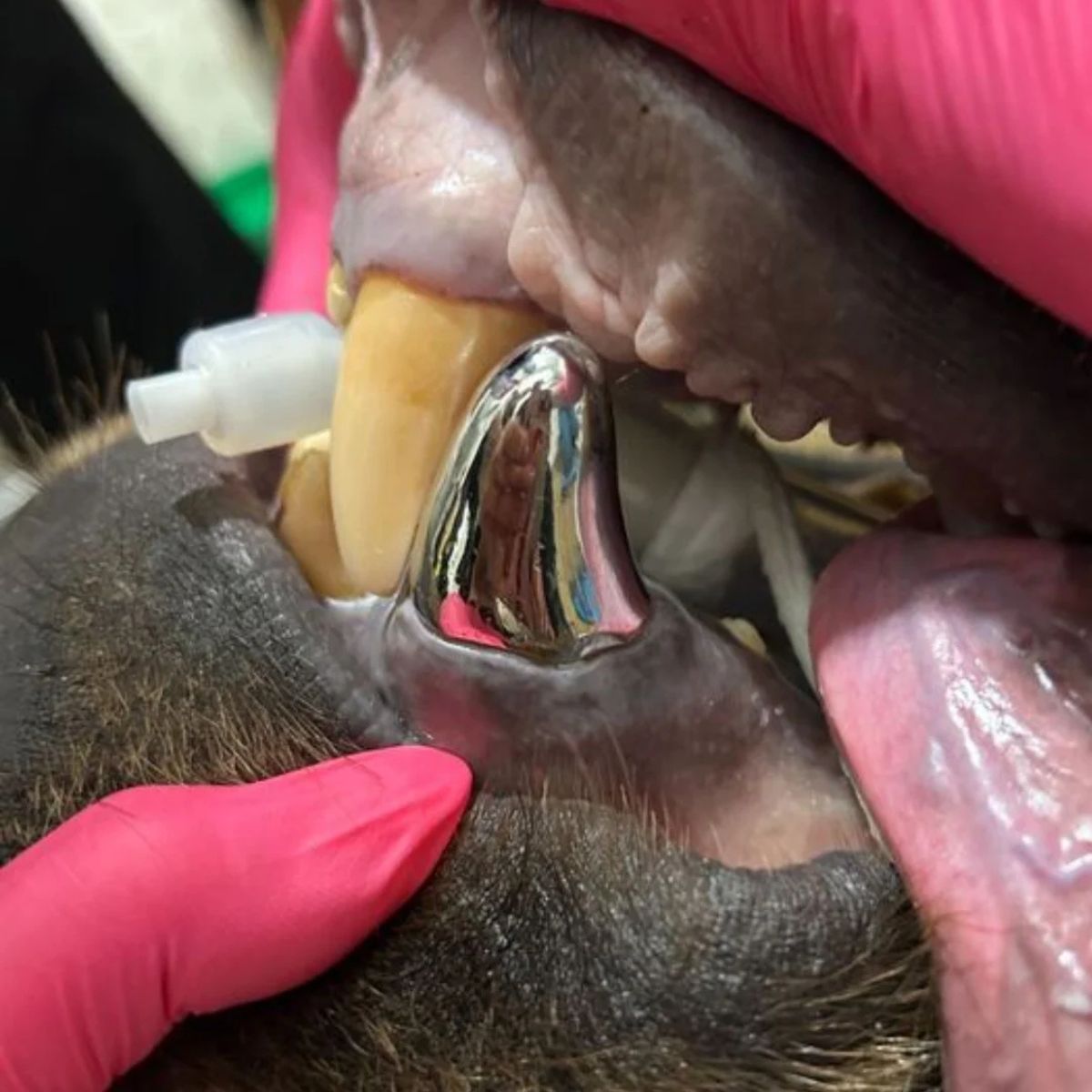
In a world where many animals simply receive the minimum, this bear’s story stands out.
It tells us that caring for wildlife means doing the hard, precise work behind the scenes: surgeries, specialized crowns, sedation protocols, and above all, teamwork.
So when you visit the Lake Superior Zoo and see that silver-glint in his grin, know you’re witnessing something rare – a bear who got the full promise of being seen, supported, and healed.

